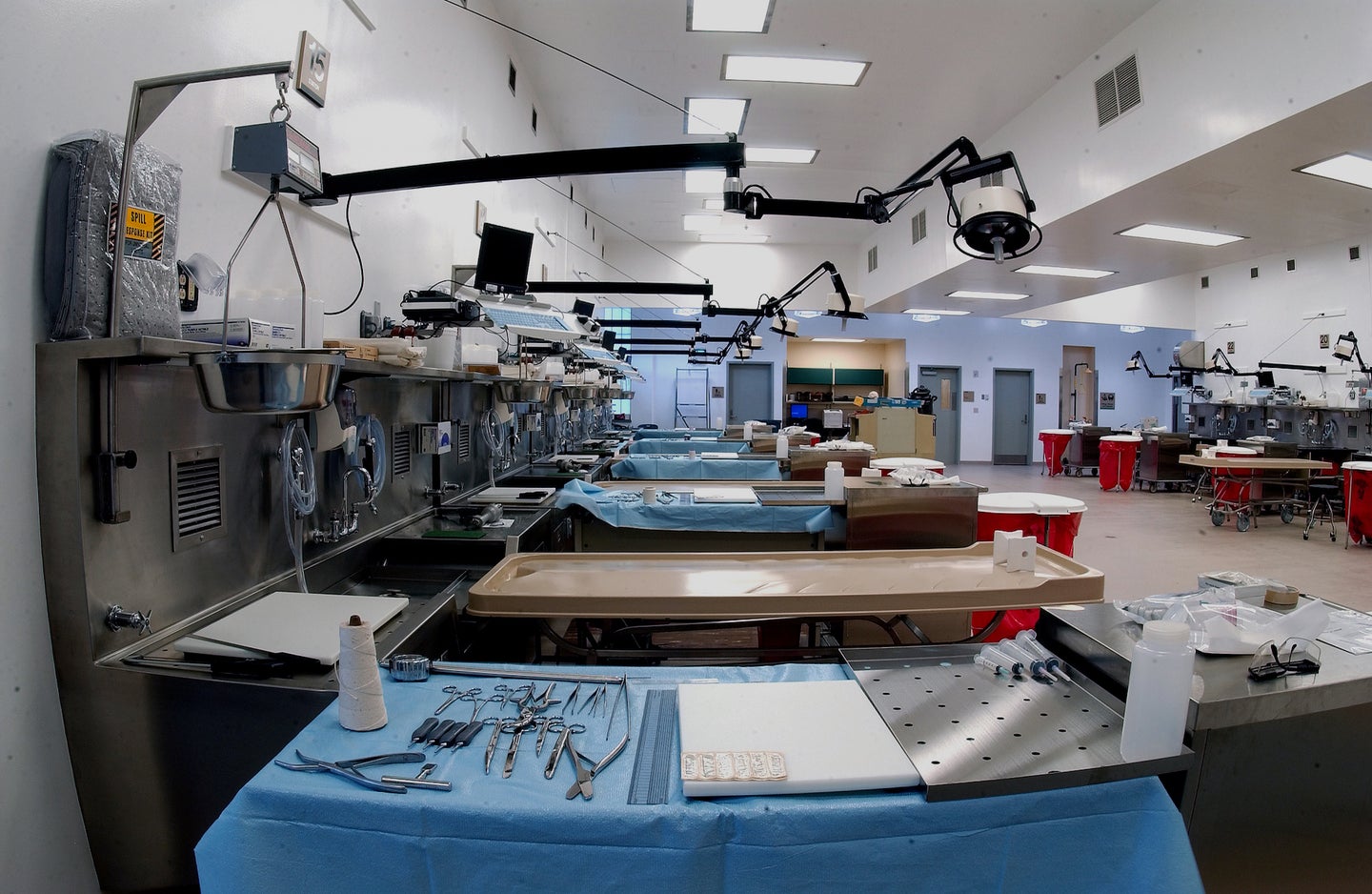Autopsies provide crucial information for fighting COVID-19
We can learn a lot from the dead.

Follow all of PopSci’s COVID-19 coverage here, including tips on cleaning groceries, ways to tell if your symptoms are just allergies, and a tutorial on making your own mask.
In the fight against disease, the dead are rarely thought of as an active part of war. But especially when it comes to an emerging virus like SARS-CoV-2, decedents are a crucial part of figuring out what exactly is going on inside infected people’s bodies. And that’s made autopsies a crucial tool in studying COVID-19.
“Autopsy is an important way to gain knowledge about how a disease is affecting our body, how it’s interacting with preexisting conditions, and how it’s playing out in different people,” says Alex Williamson, the chief of autopsy pathology for New York healthcare provider Northwell Health and a member of the College of American Pathologists’ autopsy committee. Living patients with COVID-19 give physicians experience with the external signs and symptoms the disease presents with, what treatments tend to work, and who seems to be getting ill. But an autopsy allows medical professionals to get a more detailed and internal look at what’s going on physiologically as the virus infects the body.
However, doing an autopsy has become more challenging during the pandemic, Williamson explains, since not every medical center has the proper equipment to perform an autopsy on a contagious body. The procedure requires a negative pressure room, which ensures that potentially contaminated air stays inside the room even when doors open. Facilities without negative pressure rooms simply aren’t able to do autopsies right now. Others are hampered by a lack of personal protective equipment.
Those that are still able to operate have been trying to perform autopsies on a wide variety of deceased patients, trying to cover various demographics and preexisting conditions. “We can’t and shouldn’t autopsy everyone,” Williamson says, “but we need to examine a subset to better understand why people who get really sick are dying.”
Since most people who get COVID-19 recover, and many have mild symptoms, it’s important to be able to understand why the virus hits some people so much harder than others. And part of that is learning more about exactly what’s going on at a cellular level, which is something live patients can’t help with. Even with high-resolution imaging and a vast array of tests, nothing compares to opening a body up to look inside.
An autopsy can tell you, for instance, what kind of lesions occurred in the lungs and which other organs show signs of damage. They can help elucidate what went wrong with the immune cells to cause the intense immune reaction that seems to be killing many patients.
Autopsy results so far have helped researchers understand that a lot of COVID-19 deaths are the result of acute respiratory distress syndrome, or ARDS. The syndrome is essentially widespread inflammation that sets into the lungs rapidly following many types of lung injuries, from smoke inhalation to viral infections. It’s still not clear whether the ARDS resulting from COVID-19 is more severe or more complicated than more commonplace versions, but the results suggest that existing treatments for ARDS might be helpful.
Other more unusual issues resulting from COVID-19, like kidney failure and blood clots, are still mysterious. But more autopsies may be able to help. The more we understand about the most severe cases of COVID-19, the better we’ll be able to treat those still alive.
Williamson says his own center has performed half a dozen autopsies already, and that they’re grateful to the families who provide consent for the procedure to be done. “It’s a generous gift,” he says. “Autopsy is a way for the dead to help the living.”